
Newsletter Subscribe
Enter your email address below and subscribe to our newsletter


Enter your email address below and subscribe to our newsletter
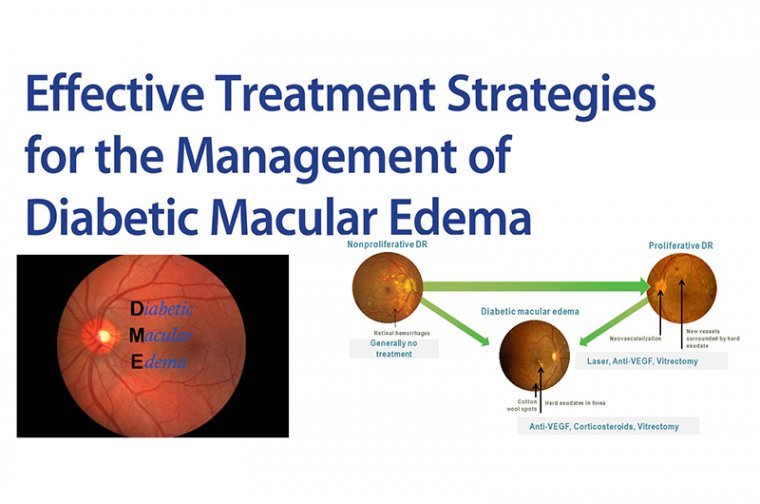
Diabetic macular edema (DME) is the leading cause of blindness in the diabetic population. Although its prevalence varies, the Diabetes Control and Complications Trial (DCCT) reported that 27% of type 1 diabetes (DM1) patients developed macular edema within nine years…

Staring at Red Light for 3 Minutes Appears to Improve Eyesight in Over 40s. Scientists believe shining a special red light in the eye could help improve age-related vision problems. The age spectrum of human populations is shifting towards the…
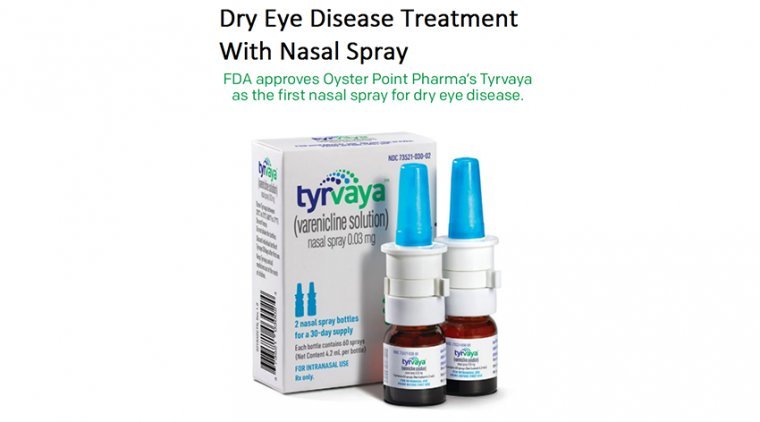
In dry eye disease, the loss of tear film homeostasis triggers a vicious cycle that involves inflammation and cellular damage as both sequellae of disease as well as primary components contributing to progression, which in turn leads to further tear…
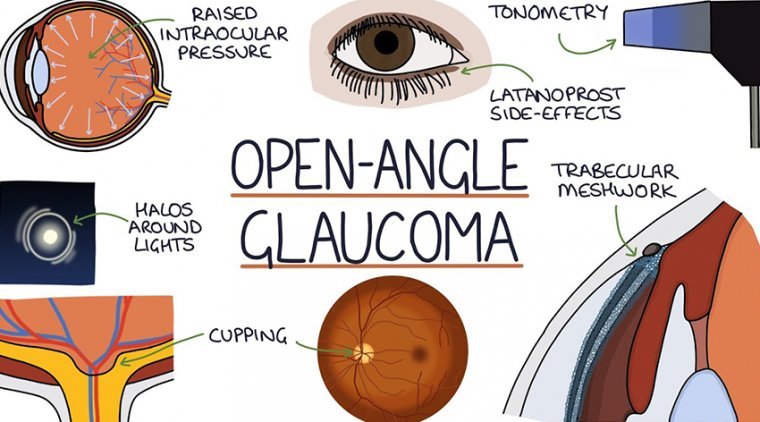
Most people who have open-angle glaucoma feel fine and do not notice a change in their vision at first because the initial loss of vision is of side or peripheral vision, and the visual acuity or sharpness of vision is…
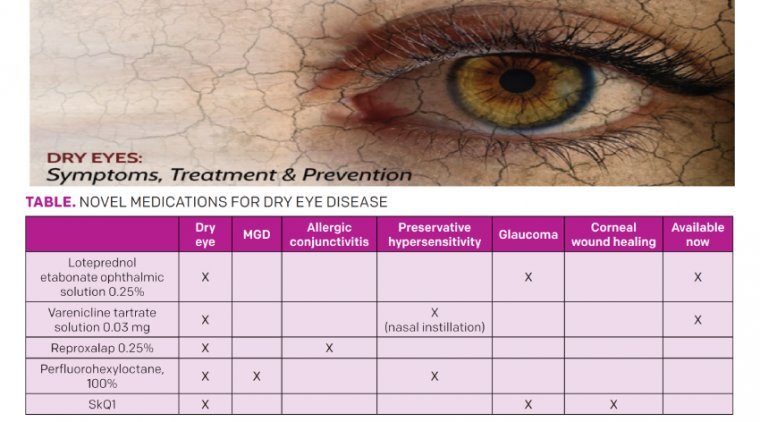
Dry eye disease includes a group of conditions in which the eye does not produce an adequate volume of tears or when the tears are not of the correct consistency. The chance of experiencing dry eye increases with age, affecting approximately…
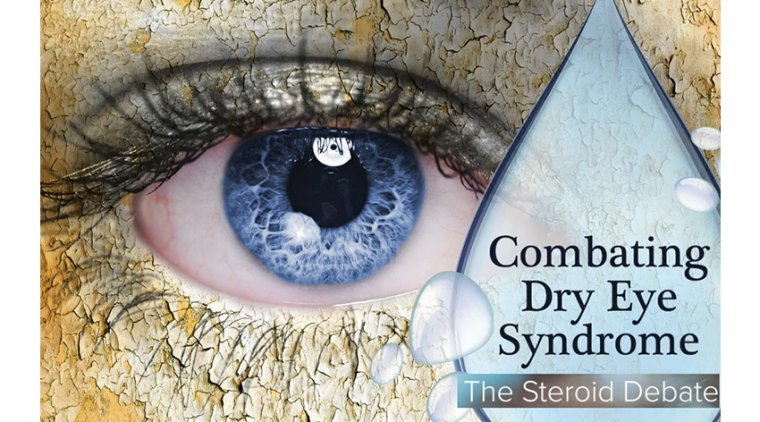
Dry eye is related to the inflammation of ocular surface, and immune-mediated inflammation plays an important pathogenic role. Corticosteroid is an effective anti-inflammatory drug, which can rapidly and effectively relieve the symptoms and signs of moderate or severe dry eye.…
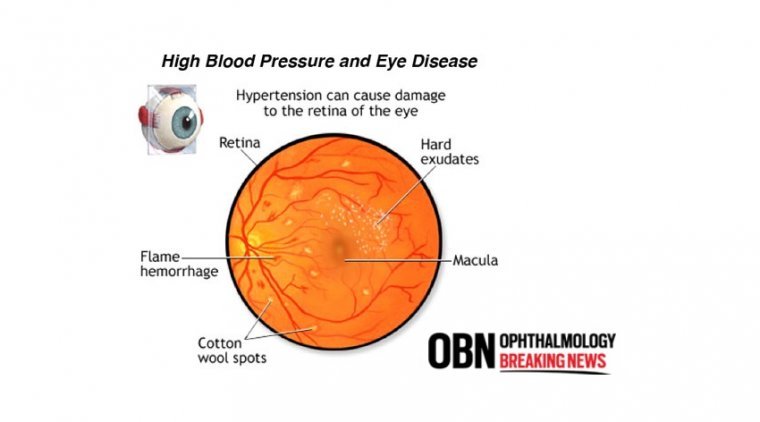
Eye pressure varies separately from blood pressure. IOP management is not the same as blood pressure control. However, research has shown that those with high blood pressure are more likely to develop glaucoma. Glaucoma is not aided by extremely high…
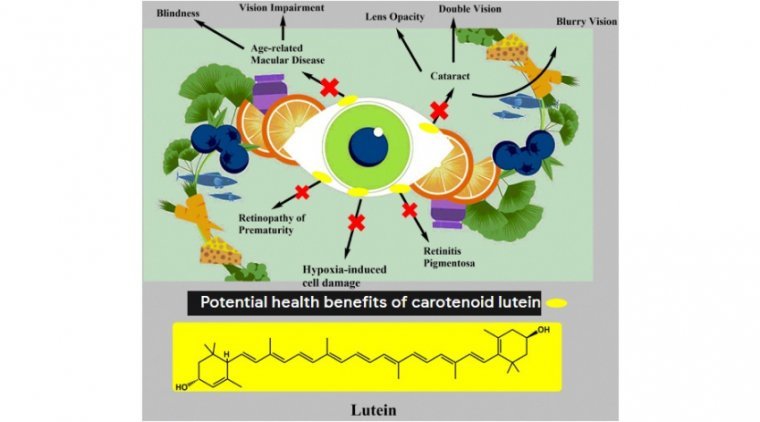
Carotenoids in food substances are believed to have health benefits by lowering the risk of diseases. Lutein, a carotenoid compound, is one of the essential nutrients available in green leafy vegetables (kale, broccoli, spinach, lettuce, and peas), along with other…

Inherited retinal diseases (IRDs), also referred to as inherited retinal dystrophies, are a clinically and genetically heterogeneous group of neurodegenerative disorders, primarily involving photoreceptors, retinal pigment epithelium (RPE), and/or the choroid. Taken as a whole, IRDs have an estimated global…
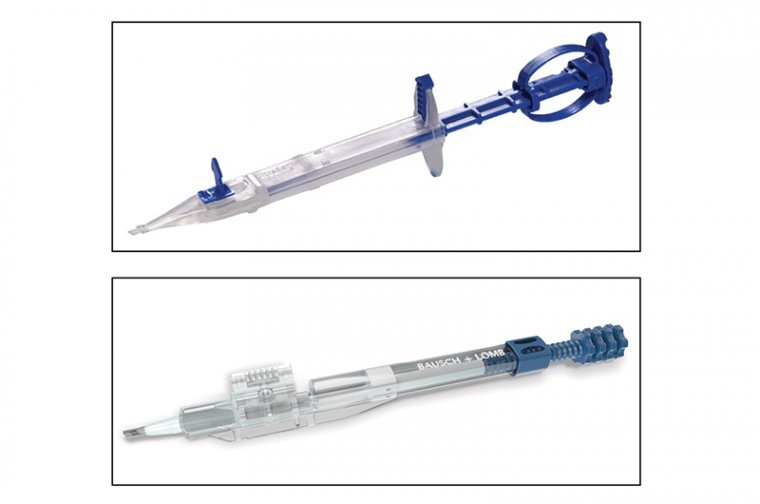
Preloaded injectors provide a number of benefits, including making the procedure safer by reducing the possibility of endophthalmitis from contamination and avoiding potential mistakes such as loading the lens incorrectly. It is certainly more efficient for the nursing or technical…